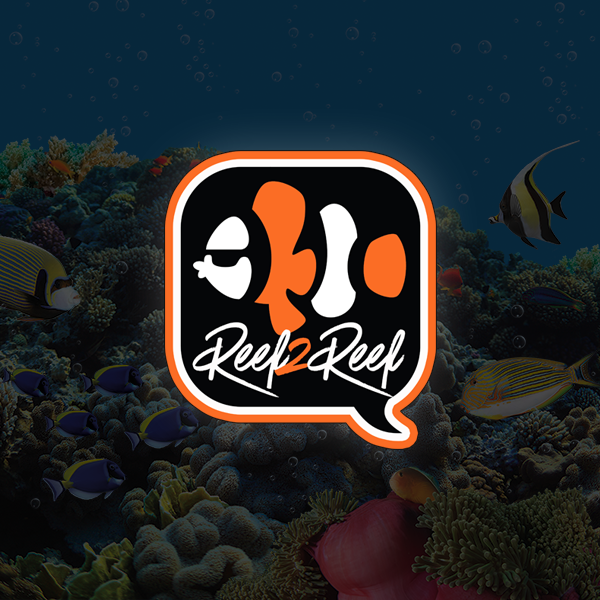just passing it along. It worked for me. I’ve had Dino’s in my frag tank but no where else. This was brought on by carbon dosing. I’ve beat Dino’s before the Brs way with uv and Microbactor 7. It was slow and expensive. Well a few months ago I found a website forum called Mack’s Dino something. Anyways they said to dose sodium silicate ( water glass). Formula is 1.3g =100 gallon of aquarium water. Target is 1ppm. Dose every day until gone. So I tried it. And in less than a week. Dinos are gone.
The sodium silicate makes diatoms. Diatoms out compete the Dino’s for nutrients. The Dino’s dies off.
Hopefully this helps someone else.
The sodium silicate makes diatoms. Diatoms out compete the Dino’s for nutrients. The Dino’s dies off.
Hopefully this helps someone else.



